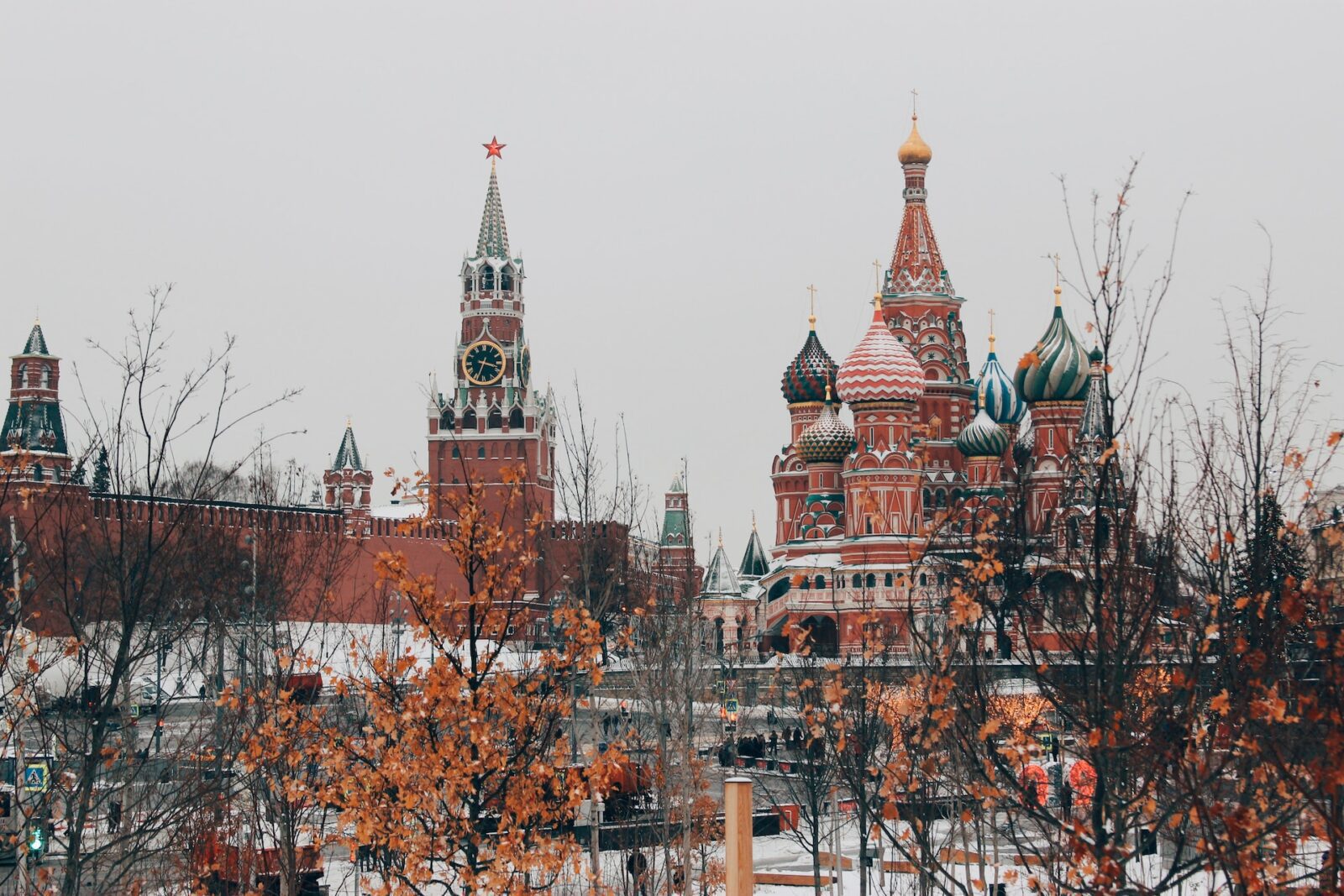The currency of Russia is the Russian Ruble, which is often symbolized as “₽” or “руб” in Cyrillic. The Russian Ruble has a long history dating back to its introduction during the 13th century during the rule of Grand Duke Ivan I of Moscow.
Over the centuries, the currency has gone through various changes and reforms, but the Ruble has remained the official currency of Russia through its different political and economic phases.
A depreciation of over 25%
Amid heightened military expenditures and the weight of Western sanctions impacting energy exports, the Russian Ruble has dropped to its lowest value since the initial stages of the conflict with Ukraine, according to AP. With the currency surpassing 101 rubles to the dollar, it has gone through a more than 25% depreciation this year, marking a nadir in nearly 17 months.
Maksim Oreshkin, who’s an economic adviser to President Vladimir Putin, attributed the Ruble’s fragility to a “loose monetary policy,” asserting that a strong ruble is crucial for economic vitality. The Russian central bank is equipped to stabilize the situation, and a shift towards a more robust currency is anticipated.
The Ruble’s decline stems from amplified defense spending spurring imports and decreased exports, particularly when it comes to oil and natural gas. As imports rise and exports decrease, the trade surplus decreases, imposing downward pressure on the currency. The Russian economy has pivoted towards a wartime footing, amplifying imports and intensifying inflation concerns. To counteract this situation, the central bank has ceased purchasing foreign currency on the domestic market to buttress the Ruble’s value and reduce volatility. Additionally, the central bank raised its key interest rate by 1% in July 2023 due to inflationary concerns and heightened currency risk, with indications of a further hike in the near future.

Leave a Reply